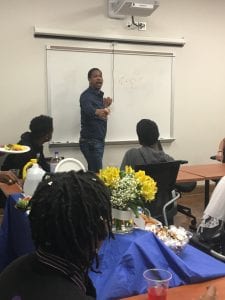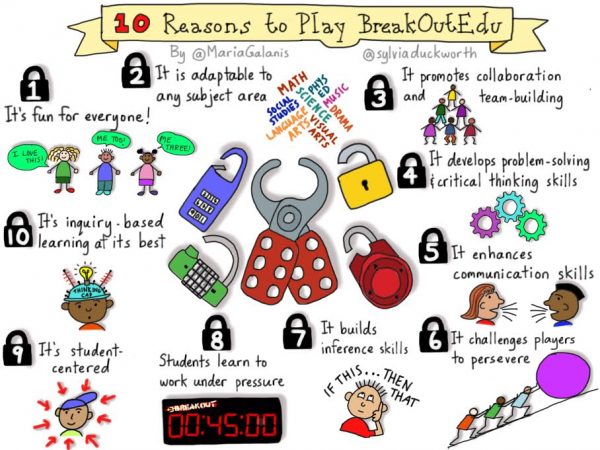Games to Prepare for Testing
April is a busy time of the year, and it also signifies that the school year will soon end. The end of the school year means one thing in the education field, review of all content material cover in the curriculum to help students prepare for their end-of-year projects and assessments. What is the best way to prepare students? Some teachers use review packets and drill practice worksheets. However, the best way to review the content and prepare for testing is to have students play games!
At Dig-It! Games, we have numerous games that help students review standards in the intermediate and middle school grade levels.
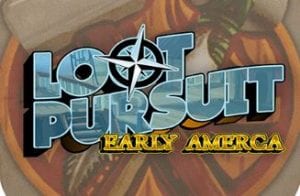
Loot Pursuit: Early America is a great game for 4th, 5th, and 6th-grade students to practice math computation and U.S. History standards on Jamestown.

Exotrex Episode 1 allows students to review concepts taught in Physical Science and Earth Science standards.

Excavate! is a series of ancient civilization games on the social, cultural and economic standards of the cultures of Maya, Egypt, and Mesopotamia through ancient artifacts.
Games allow students multiple attempts where a state assessment/end-of-year test only gives the student one chance with the material. Games enable students to play with concepts and materials taught during the year in a quick, safe and easy way to help students practice and cement the information they are reviewing. For all students no matter the grade, there is a lot of curriculum covered in a school year, and a subject specific game can allow students to fail at concepts while practicing over and over again until the student and the teacher feel that they have mastered the concepts needed to pass the yearly assessments.
As the end of the school year nears to a close and those state tests draw closer, make sure your students are ready! Check out our games as well as others to help your students prepare for their final assessments!



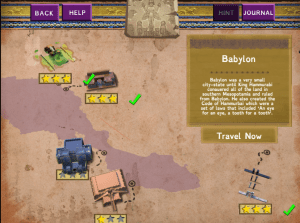 Mesopotamia means “the land between rivers” and this interactive game takes players through five different sites in Mesopotamia: Ur, Nineveh, Persepolis, Babylon, and Nimrud. Students discover the important historical figures, technological advances, and the important buildings from each of the locations. All information is found in the student’s journal which can be accessed at any point in the game.
Mesopotamia means “the land between rivers” and this interactive game takes players through five different sites in Mesopotamia: Ur, Nineveh, Persepolis, Babylon, and Nimrud. Students discover the important historical figures, technological advances, and the important buildings from each of the locations. All information is found in the student’s journal which can be accessed at any point in the game.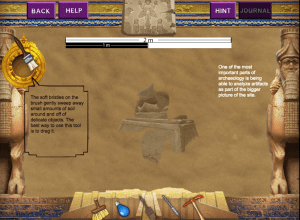 P
P Students analyze each artifact by answering a series of multiple choice questions about the material, location, and function. If they are successful in completing all of the artifacts, the next location will unlock. Students are able to access all of the information about the artifacts by returning to their journal and reading about them. Example of artifacts included in the game are: The Royal Game of Ur, Stele of Hammurabi, the Tablets of the Epic of Gilgamesh, and a statue of Penelope from Persepolis.
Students analyze each artifact by answering a series of multiple choice questions about the material, location, and function. If they are successful in completing all of the artifacts, the next location will unlock. Students are able to access all of the information about the artifacts by returning to their journal and reading about them. Example of artifacts included in the game are: The Royal Game of Ur, Stele of Hammurabi, the Tablets of the Epic of Gilgamesh, and a statue of Penelope from Persepolis.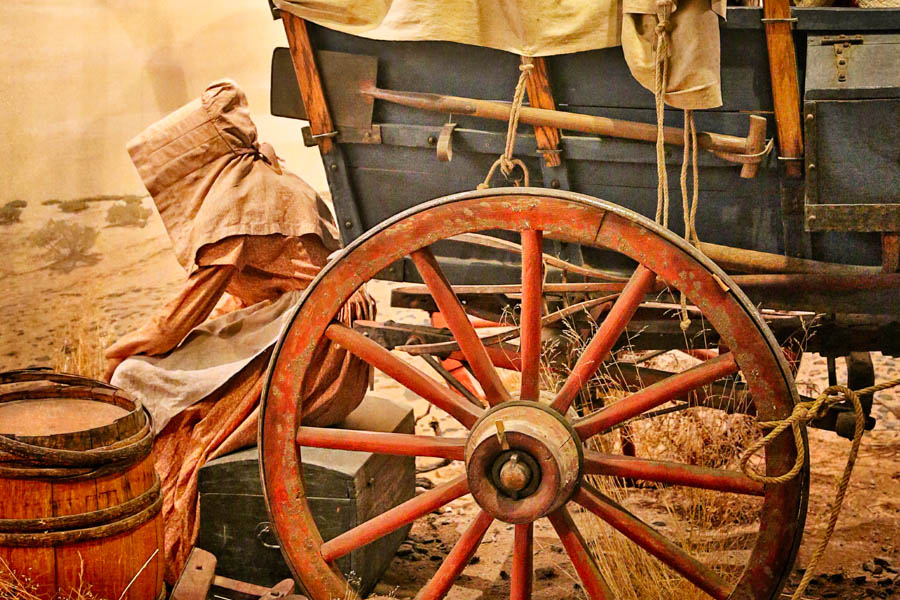

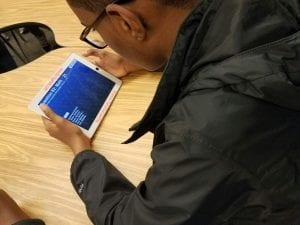 much upkeep as a car does today; diseases were far more deadly in the past than they are now due to a lack of effective medication, etc. Learning was seamlessly blended with gameplay. Certainly, students learned about the dates the Oregon Trail was used, its geography and its significance, but they also had a first-hand look into the very real hardships of the people who used it. That emotional connection to historic events is extremely powerful, as evidenced by the number of people who remember what they learned from a short game they played as children decades ago.
much upkeep as a car does today; diseases were far more deadly in the past than they are now due to a lack of effective medication, etc. Learning was seamlessly blended with gameplay. Certainly, students learned about the dates the Oregon Trail was used, its geography and its significance, but they also had a first-hand look into the very real hardships of the people who used it. That emotional connection to historic events is extremely powerful, as evidenced by the number of people who remember what they learned from a short game they played as children decades ago.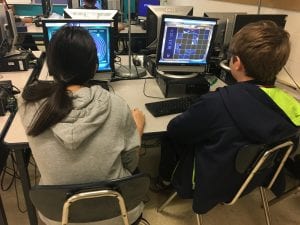 Our educational system is, unfortunately, not designed for individualized teaching. The cycle of lectures, mass-produced textbooks and standardized tests emphasizes consistency and conformity. Digital gaming can change that.
Our educational system is, unfortunately, not designed for individualized teaching. The cycle of lectures, mass-produced textbooks and standardized tests emphasizes consistency and conformity. Digital gaming can change that.
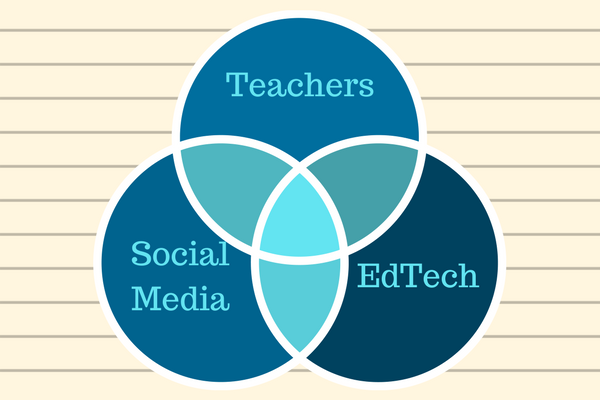

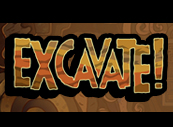 Today signals the beginning of a long-awaited break for many teachers. I am less than a year removed from the classroom and I can still feel the excitement of having a few days off and coming back for what will be the home-stretch of the school year. I know that some of you will not touch anything related to teaching during this break and I know that some of you will be doing lesson plans at some point.
Today signals the beginning of a long-awaited break for many teachers. I am less than a year removed from the classroom and I can still feel the excitement of having a few days off and coming back for what will be the home-stretch of the school year. I know that some of you will not touch anything related to teaching during this break and I know that some of you will be doing lesson plans at some point.
 Everything I know about entrepreneurship I learned from my mother. Ok, that may be a slight exaggeration, but the fact is, most of what I needed to know to found an educational gaming company I really did learn from my mother, without either of us truly intending it.
Everything I know about entrepreneurship I learned from my mother. Ok, that may be a slight exaggeration, but the fact is, most of what I needed to know to found an educational gaming company I really did learn from my mother, without either of us truly intending it.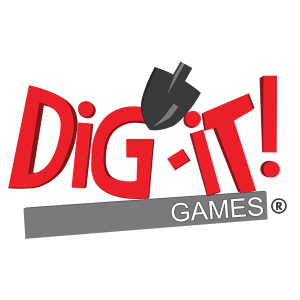 I founded
I founded 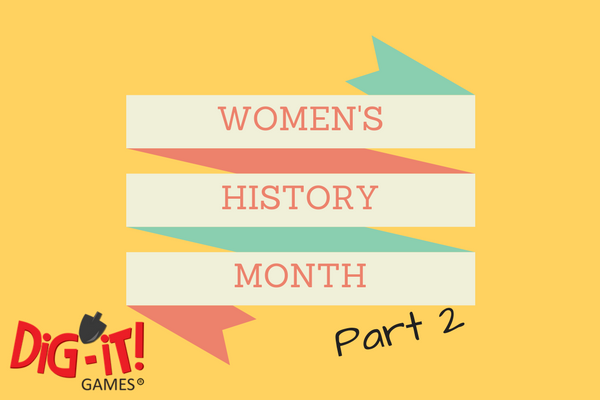
 The first thing you should know is I started learning to code in C# when I was 44 years old. I learned some BASIC coding in high school, but our class spent weeks making a program that printed out a receipt like a cash register. I thought the whole process was stupid and boring. I knew that the Atari games I loved were created by programming, but programming is just memorization of a language written down by someone else. My 17-year-old self wanted to solve important, complicated problems. Real, important problems that required creative thinking were problems like: What causes cancer? What makes us feel stressed out? How does stress affect our immune system? Could we optimize our immune system to fight cancer better? So I threw myself into biochemistry. I loved it. I worked every single day for 3 years, and then for the next 7 years I decided to always take at least ½ a day off every weekend.
The first thing you should know is I started learning to code in C# when I was 44 years old. I learned some BASIC coding in high school, but our class spent weeks making a program that printed out a receipt like a cash register. I thought the whole process was stupid and boring. I knew that the Atari games I loved were created by programming, but programming is just memorization of a language written down by someone else. My 17-year-old self wanted to solve important, complicated problems. Real, important problems that required creative thinking were problems like: What causes cancer? What makes us feel stressed out? How does stress affect our immune system? Could we optimize our immune system to fight cancer better? So I threw myself into biochemistry. I loved it. I worked every single day for 3 years, and then for the next 7 years I decided to always take at least ½ a day off every weekend. So! Age 44. Starting a career as indie game developer, I learned repeatedly that game development is difficult and time consuming. I also learned (again) how difficult and time consuming writing grants can be. I started working at Dig-It Games in November 2016. Here at DIG we share similar goals: Make games that teach important concepts that people really enjoy playing. I enjoy it here very much. I am developing an RPG about dinosaurs and helping design playtesting sessions and analyze data about learning in our
So! Age 44. Starting a career as indie game developer, I learned repeatedly that game development is difficult and time consuming. I also learned (again) how difficult and time consuming writing grants can be. I started working at Dig-It Games in November 2016. Here at DIG we share similar goals: Make games that teach important concepts that people really enjoy playing. I enjoy it here very much. I am developing an RPG about dinosaurs and helping design playtesting sessions and analyze data about learning in our 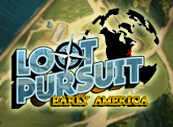
 After five years teaching, I sought out a new adventure and added working at Dig-It! Games to my resume, which allowed me to create educational games and help other teachers learn how to incorporate and use games in their classroom. By working at Dig-It! Games, I have had the honor of working with teachers on how to use games in their classroom and have presented at ETIS in Baltimore, Montpelier, and the National Conference for Social Studies. Most recently, I have been accepted to present at ISTE in June on Game-Based Learning. By play-testing
After five years teaching, I sought out a new adventure and added working at Dig-It! Games to my resume, which allowed me to create educational games and help other teachers learn how to incorporate and use games in their classroom. By working at Dig-It! Games, I have had the honor of working with teachers on how to use games in their classroom and have presented at ETIS in Baltimore, Montpelier, and the National Conference for Social Studies. Most recently, I have been accepted to present at ISTE in June on Game-Based Learning. By play-testing 
 I started at Dig-It! Games in November 2016 so I’m still new. I have spent the last eight years teaching high school Spanish and decided to switch fields when I moved to Washington, DC. The switch to technology wasn’t incredibly difficult for me as I grew up around computers and was a Technology Integrator at my last school. My parents were both in the technology field and so my sisters and I never saw it as a strange world. I was lucky enough to grow up in an environment that encouraged me to do whatever I needed to reach my goals. As a teacher, I loved speaking with teenage girls about their futures and encouraging them no matter what the role.
I started at Dig-It! Games in November 2016 so I’m still new. I have spent the last eight years teaching high school Spanish and decided to switch fields when I moved to Washington, DC. The switch to technology wasn’t incredibly difficult for me as I grew up around computers and was a Technology Integrator at my last school. My parents were both in the technology field and so my sisters and I never saw it as a strange world. I was lucky enough to grow up in an environment that encouraged me to do whatever I needed to reach my goals. As a teacher, I loved speaking with teenage girls about their futures and encouraging them no matter what the role.
 For as long as I can remember, being an artist has been the only thing I’ve wanted to do. I’ve never really changed career paths or aims—
For as long as I can remember, being an artist has been the only thing I’ve wanted to do. I’ve never really changed career paths or aims— Growing up I was always pushed towards the math and sciences because I naturally good at them, but my heart always called to more creative pursuits. My mother gave me the wise advice that “If you do what you love for work, it’ll become your work and not what you love.” With that in mind I applied to engineering programs across the east coast, before coming across a school that featured a Game Design and Development major. Although heavily computer science based, the major also taught design, animation, 3D modeling, audio, and narration to name a few. I knew instantly that it was a perfect match: a field both technical and creative.
Growing up I was always pushed towards the math and sciences because I naturally good at them, but my heart always called to more creative pursuits. My mother gave me the wise advice that “If you do what you love for work, it’ll become your work and not what you love.” With that in mind I applied to engineering programs across the east coast, before coming across a school that featured a Game Design and Development major. Although heavily computer science based, the major also taught design, animation, 3D modeling, audio, and narration to name a few. I knew instantly that it was a perfect match: a field both technical and creative.

 It’s the bright spot at the end of a long, gray winter for millions of Americans – Spring Break. If you are looking for sunshine and clear, blue water then look no further than the Caribbean coast of Mexico. Cancun, Riviera Maya, and Tulum all are very popular locations for an amazing getaway. What most people don’t know is that this area is also incredibly rich in history and culture and offers a chance to explore an ancient civilization. Get a head start on that exploration by playing our games featuring ancient Maya!
It’s the bright spot at the end of a long, gray winter for millions of Americans – Spring Break. If you are looking for sunshine and clear, blue water then look no further than the Caribbean coast of Mexico. Cancun, Riviera Maya, and Tulum all are very popular locations for an amazing getaway. What most people don’t know is that this area is also incredibly rich in history and culture and offers a chance to explore an ancient civilization. Get a head start on that exploration by playing our games featuring ancient Maya!
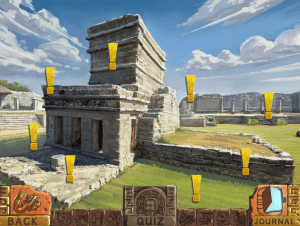

 “If you can see it, you can believe you can do it, then you will do it.” This was just one of the many pieces of advice from Dr. Hakeem Oluseyi to students at Roosevelt High School (part of DCPS) in Washington, D.C.. Many of the students had played our game,
“If you can see it, you can believe you can do it, then you will do it.” This was just one of the many pieces of advice from Dr. Hakeem Oluseyi to students at Roosevelt High School (part of DCPS) in Washington, D.C.. Many of the students had played our game, 